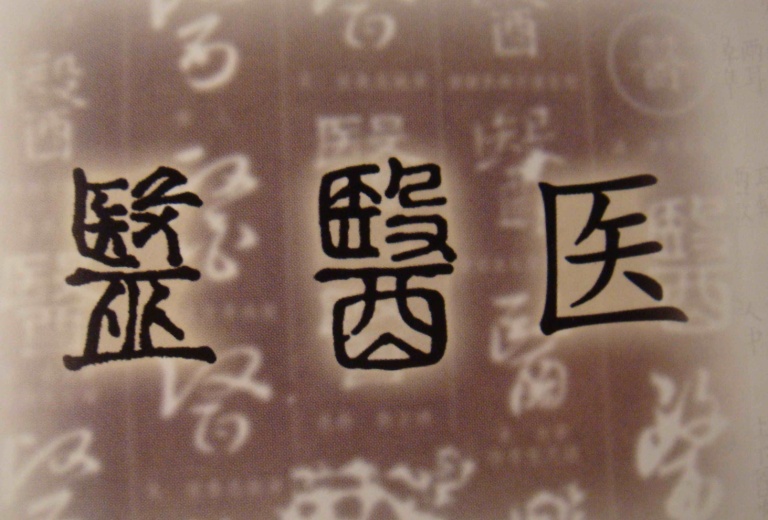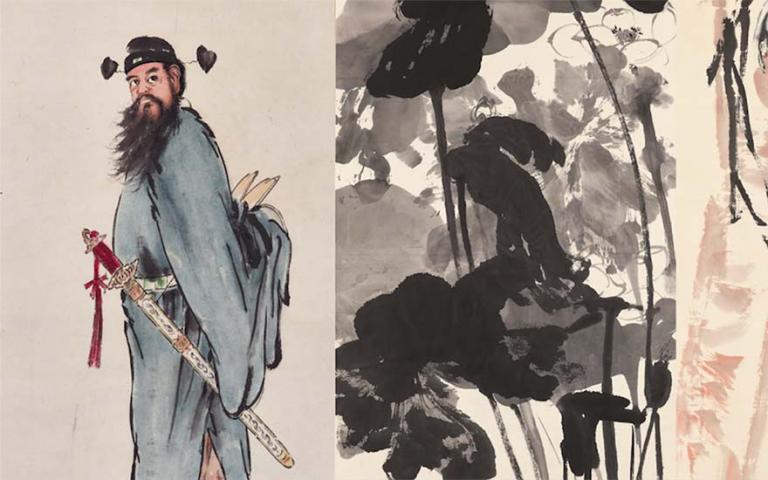Traditional Chinese Medical Terminology
3 min readShennong Bencao Jing (Shennong’s Classic of Herbal Medicine) and Shanghan Zabing Lun (Treatise on Cold Damage and Miscellaneous Disorders), compiled during the Qin-Eastern Han period (221 BC-220 AD), are important works of traditional Chinese medicine. However, they only address certain elements of theory and clinical practice. The Neijing, on the other hand, which dates from the Spring and Autumn-Warring States period (770-221 BC), offers a comprehensive synthesis of the entire body of TCM. The origins of many fundamental medical concepts and terms may be found in the Neijing. By the time the Neijing was compiled, fixed definitions existed for xin (heart), fei (lungs), gan (liver), dan (gall bladder), pi (spleen), wei (stomach), dachang (large intestine), xiaochang (small intestine), shen (kidney), pangguang (urinary bladder), xue (blood), and mai (blood vessels). These terms referred not just to anatomical organs, but more importantly, to their associated attributes and functions. When modern medicine was later introduced to China, existing terms such as xin (heart), gan (liver), shen (kidney), and pi (spleen) were adopted to refer specifically to organs of the body.

Although there are some correspondences between modern anatomical concepts and those of traditional Chinese medicine, the differences are much greater. For instance, TCM holds that the heart, in addition to pumping blood, also controls the mind. The liver is thought to control emotions such as depression and anger, as well as the storage of blood in the muscles and joints. The spleen is considered to be responsible primarily for digestion and the distribution of nutrients and fluids throughout the body, as well as for regulating blood circulation and preventing hemorrhage. The kidneys, in addition to excreting urine, are said to regulate growth, maturation, and reproduction. These concepts of TCM have no parallels in modern medicine.
Five Elements theory is one of the underlying theories of TCM. It classifies the organs and functions of the human body into the five major categories of Wood, Fire, Earth, Metal, and Water. There are five zang (solid) organs (liver, heart, spleen, lungs, and kidney) and five corresponding fu (hollow) organs (gallbladder, small intestine, stomach, large intestine, and urinary bladder). Each zangfu pair corresponds to an element. Each element’s zang and fu organ represents corresponding interior and exterior functions. For instance, the organs associated with Water are the kidney, an interior zang organ, and the urinary bladder, its exterior fu partner. Together the two organs form one system, working in conjunction to maintain the normal excretory functions of the body. The zangfu pairs also correspond to the five sense organs (ears, eyes, lips, nose, tongue), the five substances (skin, muscles, tendons, bones, vessels), the five fluids (sweat, mucous, tears, drool, and saliva), the five pulses (stringy, surging, moderate, floating, deep), and the five emotions (joy, anger, anxiety, thought, fear).
The Five Elements influence each other in an generative manner (Wood engenders Fire, Fire engenders Earth, Earth engenders Metal, Metal engenders Water, Water engenders Wood), and in an inhibitory manner (Wood inhibits Earth, Earth inhibits Water, Water inhibits Fire, Fire inhibits Metal, Metal inhibits Wood). The organs of the body function in a state of physiological interdependence within this complex holistic system. Disease is a reflection of disruption in the overall balance. Disorder of any organ affects the entire system through a process of mutual feedback.









